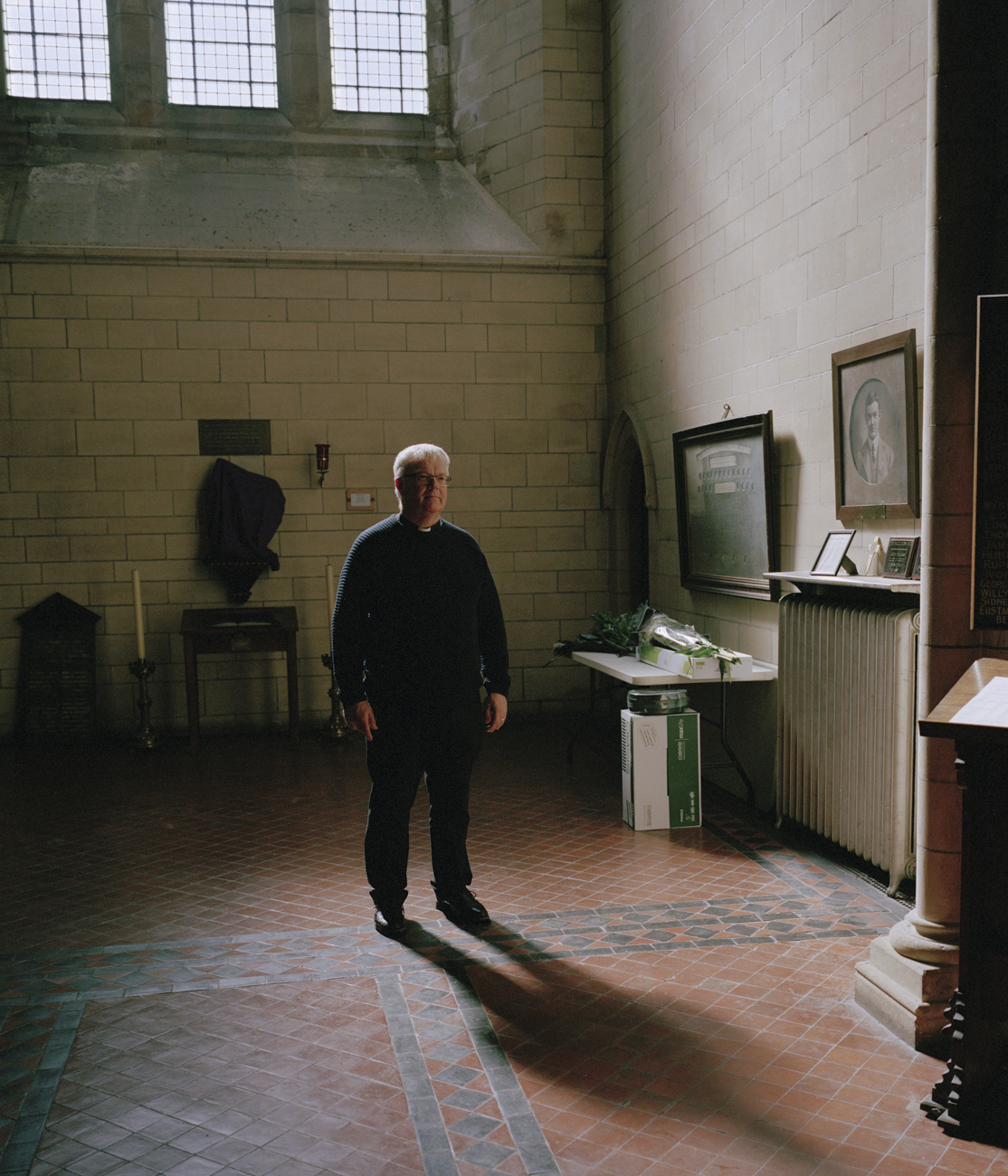Port Talbot: the industrial town with an uncertain future
- Text by Niall Flynn
- Photography by Alecio Ferrari and Alex Fleming

Port Talbot is synonymous with steel. At the height of employment in the ’60s, the town’s steelworks was the biggest in Europe, and the largest single employer in Wales with a workforce of almost 20,000.
Though today the plant employs a number closer to 4,000, steel remains Port Talbot’s heart and soul. But in recent years, its future has looked precarious: job losses, industry fears and the prospect of a catastrophic Hard Brexit have created a feeling of uncertainty that hangs over the Welsh town.
At the beginning of 2018, photographers Alecio Ferrari and Alex Fleming arrived with the intention of embarking on a project centred on the connection “between people and place”. However, it quickly became clear that Port Talbot’s nature as an industrial town – a steel one, to be specific – would form an integral part of the work.

 “Our research of Port Talbot came at a time where articles declared Port Talbot as the most polluted city in the UK,” say Ferrari and Fleming, speaking collectively regarding their initial attraction to photographing the town.
“Our research of Port Talbot came at a time where articles declared Port Talbot as the most polluted city in the UK,” say Ferrari and Fleming, speaking collectively regarding their initial attraction to photographing the town.
“While the nefariousness of industrial towns on both environmental and human health are well documented, what resonated for us was the isolation that was put upon the people living within industrial towns. What becomes of the individuals who rely solely upon the steel works?”
 Simply titled Port Talbot, the duo’s images hone in on the notion of isolation, presenting Port Talbot as a place – like countless industrial towns across the UK – that has been allowed to fall behind in the midst of industry shifts and economic downturn.
Simply titled Port Talbot, the duo’s images hone in on the notion of isolation, presenting Port Talbot as a place – like countless industrial towns across the UK – that has been allowed to fall behind in the midst of industry shifts and economic downturn.
“We would like to ignite the conversation of neglect that riddles our industrial communities, thus serving as a reminder that we all have a shared obligation to navigate the clouded waters of our future as one.”









Enjoyed this article? Like Huck on Facebook or follow us on Twitter.
You might like

In Medellín’s alleys and side streets, football’s founding spirit shines
Street Spirit — Granted two weeks of unfettered access, photographer Tom Ringsby captures the warmth and DIY essence of the Colombian city’s grassroots street football scene.
Written by: Isaac Muk

Remembering New York’s ’90s gay scene via its vibrant nightclub flyers
Getting In — After coming out in his 20s, David Kennerley became a fixture on the city’s queer scene, while pocketing invites that he picked up along the way. His latest book dives into his rich archive.
Written by: Miss Rosen

On Alexander Skarsgård’s trousers, The Rehearsal, and the importance of weirdos
Freaks and Finances — In the May edition of our monthly culture newsletter, columnist Emma Garland reflects on the Swedish actor’s Cannes look, Nathan Fielder’s wild ambition, and Jafaican.
Written by: Emma Garland

Why Katy Perry’s space flight was one giant flop for mankind
Galactic girlbossing — In a widely-panned, 11-minute trip to the edge of the earth’s atmosphere, the ‘Women’s World’ singer joined an all-female space crew in an expensive vanity advert for Jeff Bezos’ Blue Origin. Newsletter columnist Emma Garland explains its apocalypse indicating signs.
Written by: Emma Garland

Katie Goh: “I want people to engage with the politics of oranges”
Foreign Fruit — In her new book, the Edinburgh-based writer traces her personal history through the citrus fruit’s global spread, from a village in China to Californian groves. Angela Hui caught up with her to find out more.
Written by: Angela Hui

We are all Mia Khalifa
How humour, therapy and community help Huck's latest cover star control her narrative.
Written by: Alya Mooro

